

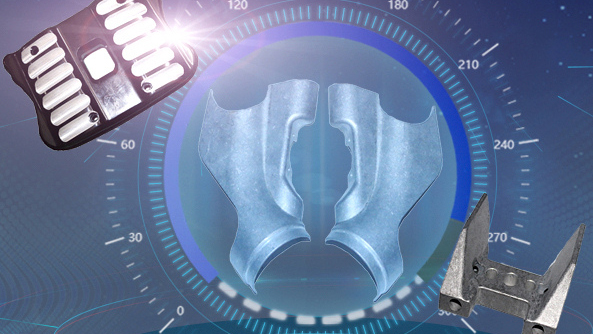

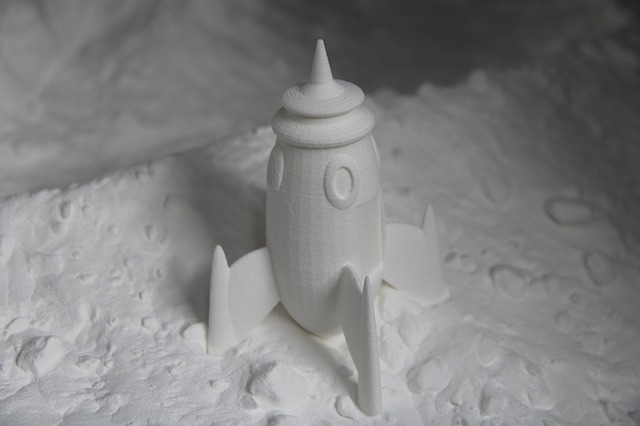

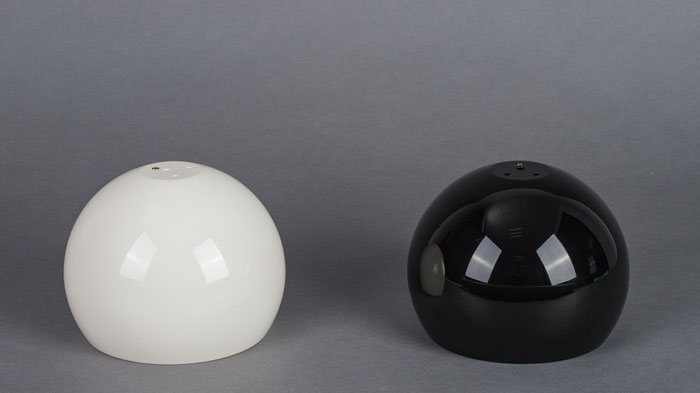
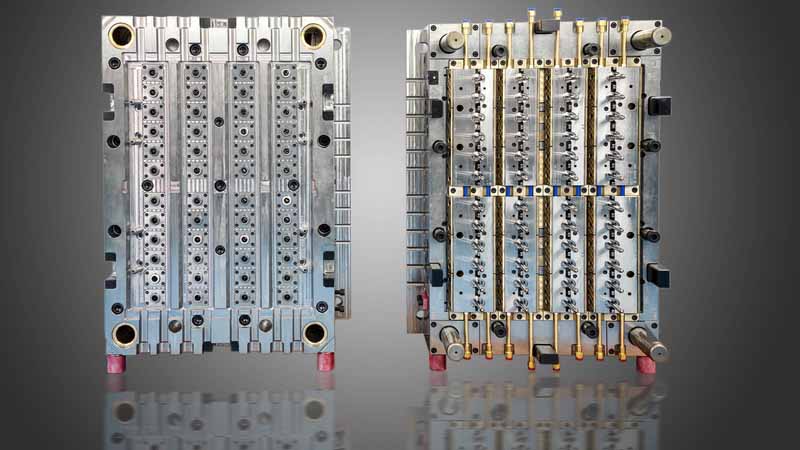
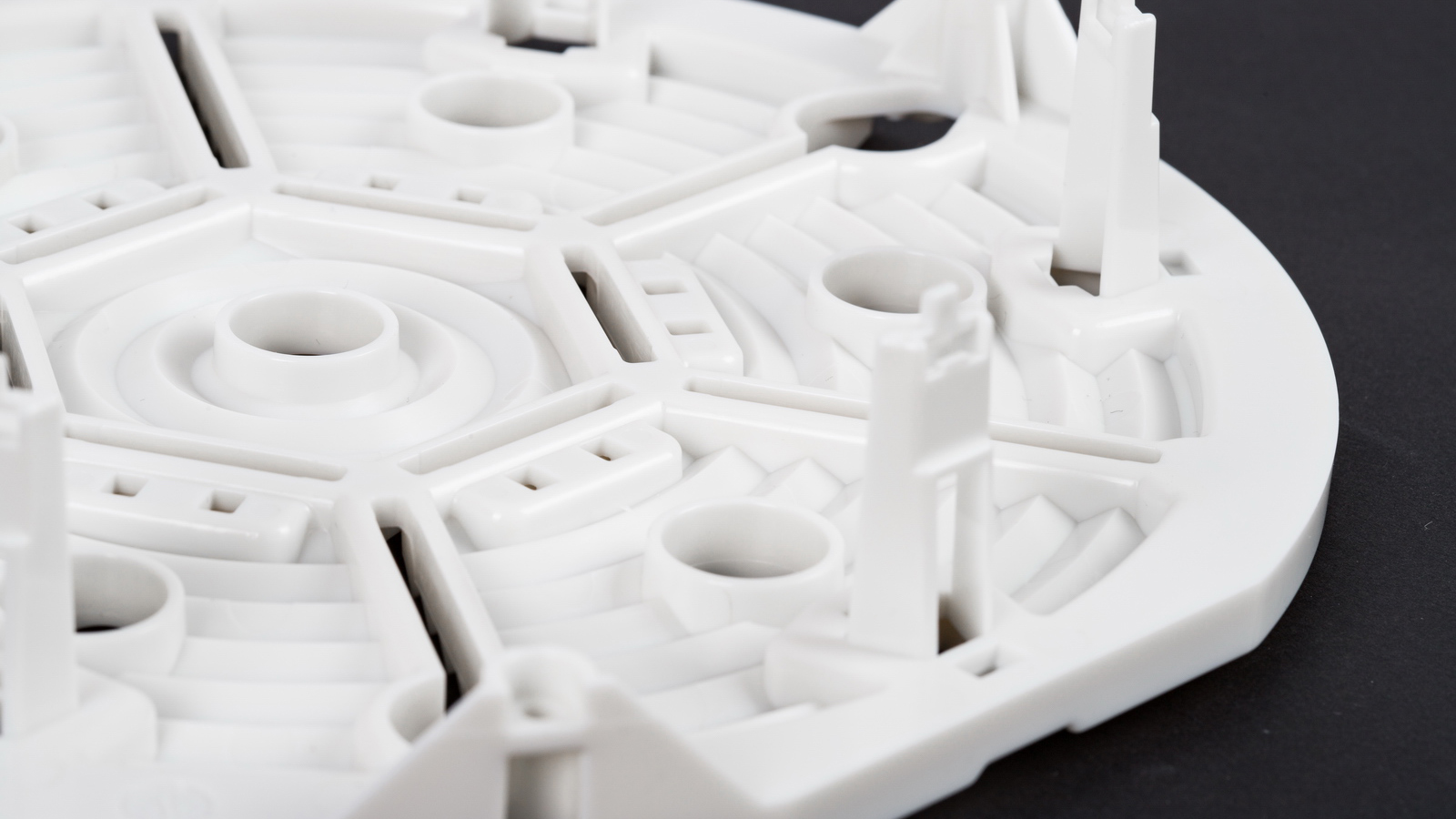


This vocabulary provides a solid foundation
for communicating effectively about the plastic extrusion process, from machine
operators and process engineers to product designers
Category 1: The Extrusion Line & Major
Components
|
Term |
Definition & Context |
|
Extrusion Line |
The complete set of equipment used in the
extrusion process, from raw material handling to the final product. |
|
Extruder |
The machine that melts and pumps the
plastic. It consists of a barrel, screw, and drive
motor. |
|
Hopper |
The container that holds and feeds the
plastic resin (usually in pellet form) into the extruder barrel. |
|
Barrel |
The heated, hardened steel cylinder that
houses the extruder screw. |
|
Die |
The precision-machined tool mounted at the
end of the extruder that shapes the molten plastic into the desired profile. |
|
Screen Pack / Filter Pack |
A stack of metal wire meshes placed between
the screw and the die to filter out contaminants and create backpressure. |
|
Breaker Plate |
A thick, perforated metal plate that
supports the screen pack. |
|
Downstream Equipment |
All equipment that handles the product
after it exits the die. This includes cooling, sizing, pulling, and cutting
units. |
|
Upstream Equipment |
Equipment that handles material before the
extruder, such as dryers, blenders, and feeders. |
Category 2: The Screw & The Plasticating Process
|
Term |
Definition & Context |
|
Screw |
The rotating shaft inside the barrel that
conveys, melts, and pumps the plastic. Its design is critical to the process. |
|
Flight |
The helical ridge on the screw. |
|
Root |
The central shaft of the screw. The root
diameter often changes along the screw's length. |
|
Channel |
The space between the flights. |
|
Channel Depth |
The distance from the root to the top of
the flight. Changes in depth define the screw zones. |
|
Feed Zone (Solid Conveying Zone) |
The first section of the screw. Its deep
flights convey solid pellets forward from the hopper. |
|
Compression Zone (Transition Zone) |
The middle section where the channel depth
decreases. This compresses the material, which, combined with heat, melts the
plastic. |
|
Metering Zone (Melt Pumping Zone) |
The final section with a shallow, constant
channel depth. It generates pressure to pump the homogenized melt through the
die at a consistent rate. |
|
Length-to-Diameter Ratio (L/D Ratio) |
The ratio of the screw's flighted length to
its diameter (e.g., 24:1). A higher L/D ratio allows for better melting and
mixing. |
|
Compression Ratio |
The ratio of the channel volume in the feed
zone to the channel volume in the metering zone. It indicates the screw's
melting capability. |
|
Mixing Section |
A specialized section on the screw (e.g., Maddock
mixer, pineapple
mixer) designed to homogenize the melt temperature and composition. |
|
Vented Barrel (Two-Stage Screw) |
A barrel with a vent port to remove
moisture or volatiles. Requires a special two-stage screw with a decompression
zone under the vent. |
Category 3: Dies & Tooling
|
Term |
Definition & Context |
|
Die |
The tool that shapes the extrudate. |
|
Die Body / Die Holder |
The main block of the die assembly. |
|
Mandrel (Spider Mandrel, Torpedo) |
A central pin used in dies for hollow
profiles (like pipes) to form the inner surface. |
|
Die Land |
The final, parallel section of the die
channel where the melt is stabilized before exiting. The length of the die
land is critical for controlling surface finish and dimensions. |
|
Adapter (Crosshead) |
A section that connects the extruder barrel
to the die, often used to change the flow direction (e.g., in wire coating). |
|
Die Swell (Extrudate Swell) |
The phenomenon where the extrudate expands
as it exits the die due to the relaxation of polymer molecules. Die design
must compensate for this. |
|
Spider Legs |
The arms that hold a mandrel in place
inside a die. They leave witness lines (spider lines) on the
extrudate where the plastic flows around them. |
|
Coathanger Die / Manifold |
The internal channel design in a flat sheet
or film die that distributes the melt evenly across the width of the die. |
Category 4: Process Parameters & Control
|
Term |
Definition & Context |
|
Throughput (Output Rate) |
The mass of material extruded per unit of time
(e.g., kg/hour, lbs/hour). |
|
Screw Speed (RPM) |
The rotational speed of the extruder screw.
A primary control for throughput. |
|
Melt Temperature (T melt) |
The actual temperature of the molten
plastic as it exits the die. |
|
Melt Pressure |
The pressure of the molten plastic,
typically measured just before the screen pack or die. High pressure can
indicate a blockage. |
|
Barrel Temperature Zones |
The barrel is divided into multiple
heating/cooling zones (e.g., rear, middle, front, adapter) to precisely
control the melting profile. |
|
Backpressure |
The resistance to flow. Created by the
screen pack, breaker plate, and die. Essential for proper melting and mixing. |
|
Residence Time |
The amount of time the plastic spends
inside the extruder. |
|
Parison |
The tubular extrudate used in extrusion
blow molding to make bottles. |
Category 5: Downstream Equipment & Processes
|
Term |
Definition & Context |
|
Sizing (Calibration) |
The process of setting the final dimensions
of the still-molten extrudate. Often done with a vacuum sizer or sizing
sleeve that uses vacuum and cooling water. |
|
Cooling Tank / Water Bath |
A long tank filled with water that cools
the extruded product. |
|
Haul-Off (Puller) |
A device (often with caterpillar tracks)
that grips the cooled product and pulls it at a constant speed, stabilizing
the line. |
|
Cutter (Saw, Guillotine Cutter) |
Cuts the continuous extrudate to the
desired length. |
|
Winder / Coiler |
A machine that winds flexible extrudates
(like film, sheet, or tubing) onto rolls. |
|
On-The-Fly Perforation / Punching |
Downstream units that add holes or cutouts
to the profile while it is moving. |
Category 6: Products & Specific Processes
|
Term |
Definition & Context |
|
Profile Extrusion |
The extrusion of any continuous shape with
a constant cross-section (e.g., window frames, deck railings). |
|
Tube/Pipe Extrusion |
Extrusion of hollow, cylindrical profiles. |
|
Sheet Extrusion |
Production of wide, flat sheets using a
flat die and a set of cooling rolls (calendar stack). |
|
Blown Film Extrusion |
A process where a tube of plastic is
extruded upward and inflated like a balloon, then collapsed to form a double
layer of film. |
|
Cast Film Extrusion |
A process where the melt is extruded
through a flat die directly onto a chilled roll to produce film. |
|
Coextrusion |
The process of extruding two or more
different materials simultaneously through a single die to create a
multi-layer product. |
|
Extrusion Coating |
The process of extruding a thin film of
molten plastic onto a substrate like paper, foil, or fabric. |
Category 7: Defects & Quality
|
Term |
Definition & Context |
|
Surging |
An unstable, cyclical variation in output,
leading to inconsistent dimensions. Often caused by poor screw design or
feeding problems. |
|
Die Lines |
Visible lines running in the machine
direction on the extrudate, caused by a scratch in the die or contamination. |
|
Melt Fracture |
A surface defect where the extrudate
appears rough or wavy, caused by excessive shear stress at the die entrance. |
|
Degradation |
The breakdown of the polymer due to
excessive heat or shear, leading to discoloration, black specs, and loss of
properties. |
|
Shark Skin |
A surface defect characterized by a matte,
rough finish, often occurring at high output rates. |